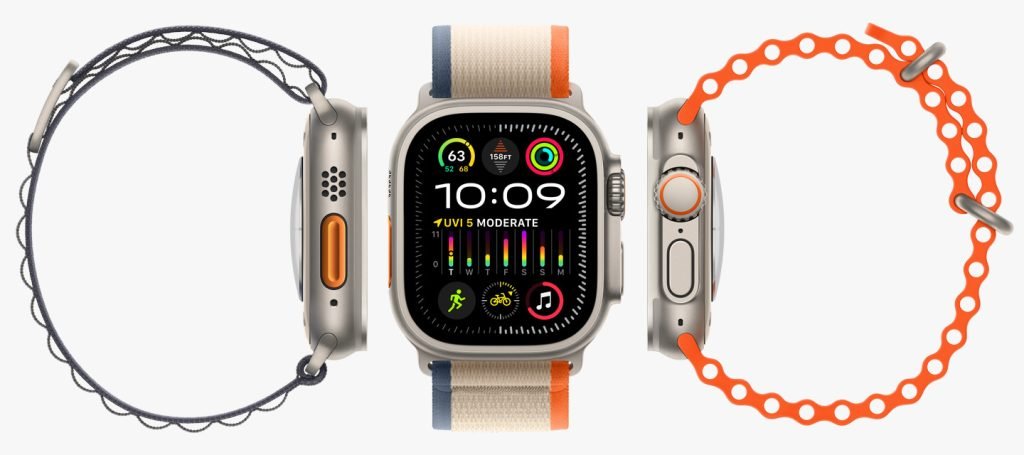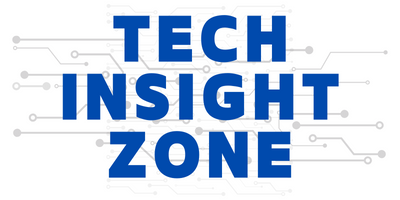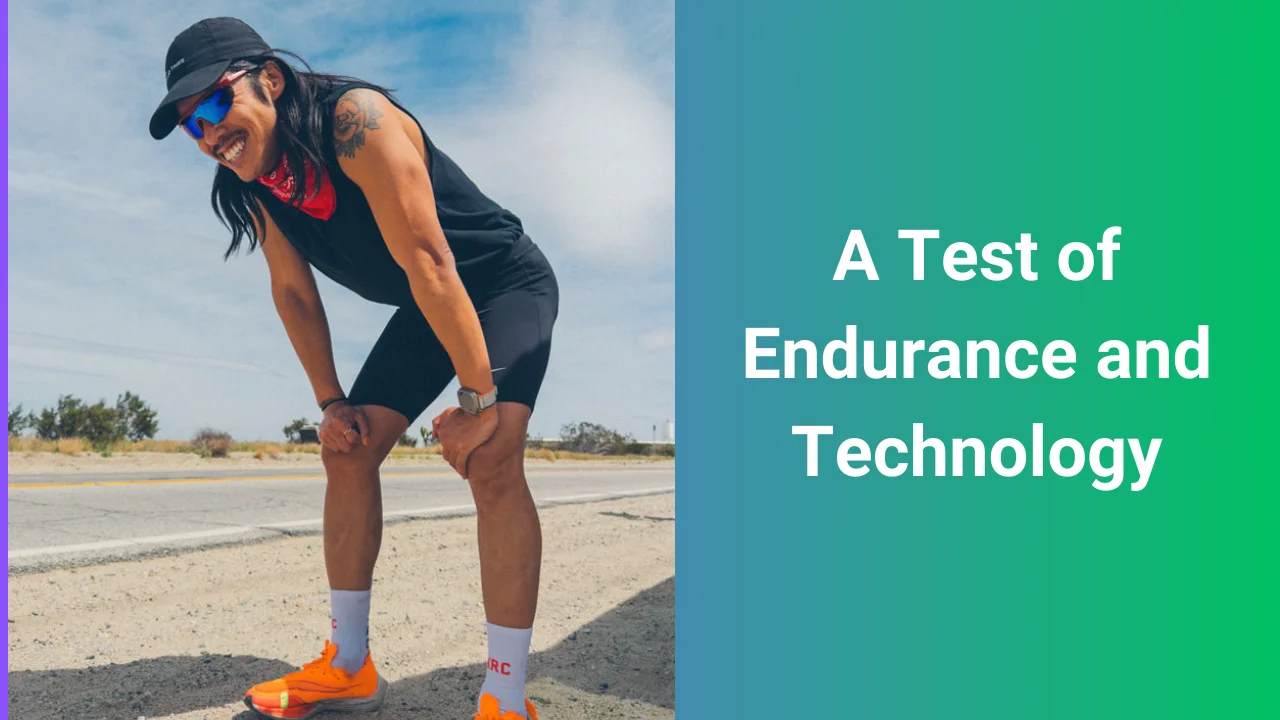The world of ultramarathons just got a dose of West Coast-East Coast camaraderie. The Speed Project, an annual relay race notorious for its brutal 300-mile course from Santa Monica to Las Vegas, witnessed a unique team-up this year.
Los Angeles’ Koreatown Run Club (KRC) joined forces with New York City’s Old Man Run Club (OMRC) to conquer the unforgiving desert landscape.
But this story goes beyond athletic prowess; it highlights the growing role of technology in pushing human limits.
Battling the Elements, One Relay at a Time
The Speed Project isn’t your typical organized race. Forget the cheering crowds, meticulously marked routes, and readily available aid stations. This self-supported relay throws runners headfirst into the heart of the unforgiving Mojave Desert.
Teams navigate a route of their choosing, battling elements that can change on a dime. Imagine scorching daytime temperatures followed by bone-chilling desert nights, all while battling fatigue and the constant threat of dehydration.
The unforgiving terrain throws in its own challenges, with rocky paths, loose sand, and unpredictable weather conditions testing even the most experienced runners.
This year, the KRC-OMRC alliance added a new layer of intrigue to the already challenging race. They incorporated the Apple Watch Ultra 2 as a crucial member of their team, aiming to leverage technology to navigate the harsh elements and optimize their performance.
Apple Watch Ultra 2: Beyond the Marketing Hype?

Apple has been heavily promoting the Ultra 2 as the ultimate athlete’s companion, boasting features specifically designed for endurance activities. The Speed Project became a real-world crucible for these claims. The extended battery life proved to be a game-changer.
With runners spread out across vast stretches of desert, the ability to stay connected through the watch’s communication features was invaluable. Imagine a runner finishing their leg, seamlessly transmitting data and handing off the virtual baton to their teammate miles away – all facilitated by the Apple Watch Ultra 2. But the benefits went beyond communication.
The built-in GPS, known for its precision, offered vital navigation assistance in the often-treacherous desert landscape. Runners could track their progress, avoid getting lost on unmarked paths, and ensure they were on course to meet their teammates at designated exchange points.
Safety was another major concern for the KRC-OMRC team. The unforgiving desert environment can be a lonely and dangerous place, especially during nighttime stretches. The Apple Watch Ultra 2’s built-in flashlight function proved to be a lifesaver, providing runners with much-needed visibility and a sense of security during these vulnerable periods.
But is this a case of technology overshadowing human grit? Not entirely. Let’s be honest, these athletes were already defying limitations by even attempting the Speed Project.
The Apple Watch Ultra 2 simply provided them with a strategic edge, a set of high-tech tools to optimize their performance and safety. Think of it as a finely tuned racing bike – it won’t win the race for you, but it’ll definitely give you a competitive advantage over someone riding a rusty old cruiser.
There are, of course, potential downsides to consider. Over-reliance on technology in such extreme environments can be risky.
Part of the allure of these challenges lies in resourcefulness and adaptability, skills that might be dulled by constant gadget dependence. Imagine a situation where the watch malfunctions or the battery dies – could the runners navigate without it?
A Win-Win for Athletes and Technology

Ultimately, The Speed Project’s story is one of triumph on multiple fronts. The KRC-OMRC team achieved something remarkable, pushing themselves to the absolute limit and emerging victorious not just against the elements but also against the grueling course itself.
Apple, on the other hand, gets to showcase its latest wearable in a high-stakes, real-world scenario. The race serves as a compelling example of how technology can truly enhance athletic experiences, becoming a valuable partner rather than just a marketing gimmick.
The Speed Project has opened a conversation about the evolving role of technology in endurance sports, highlighting its potential to assist athletes in achieving peak performance while still valuing the importance of human resilience and resourcefulness.
As athletes push their limits, the fusion of innovation and performance takes center stage. Delving deeper into the realm of technology’s influence on traditional domains, IBM WatsonX gears up to revolutionize the Masters Tournament with AI.
Discover how these advancements redefine the boundaries of sport and technology, setting the stage for a new era of competition and insight.




